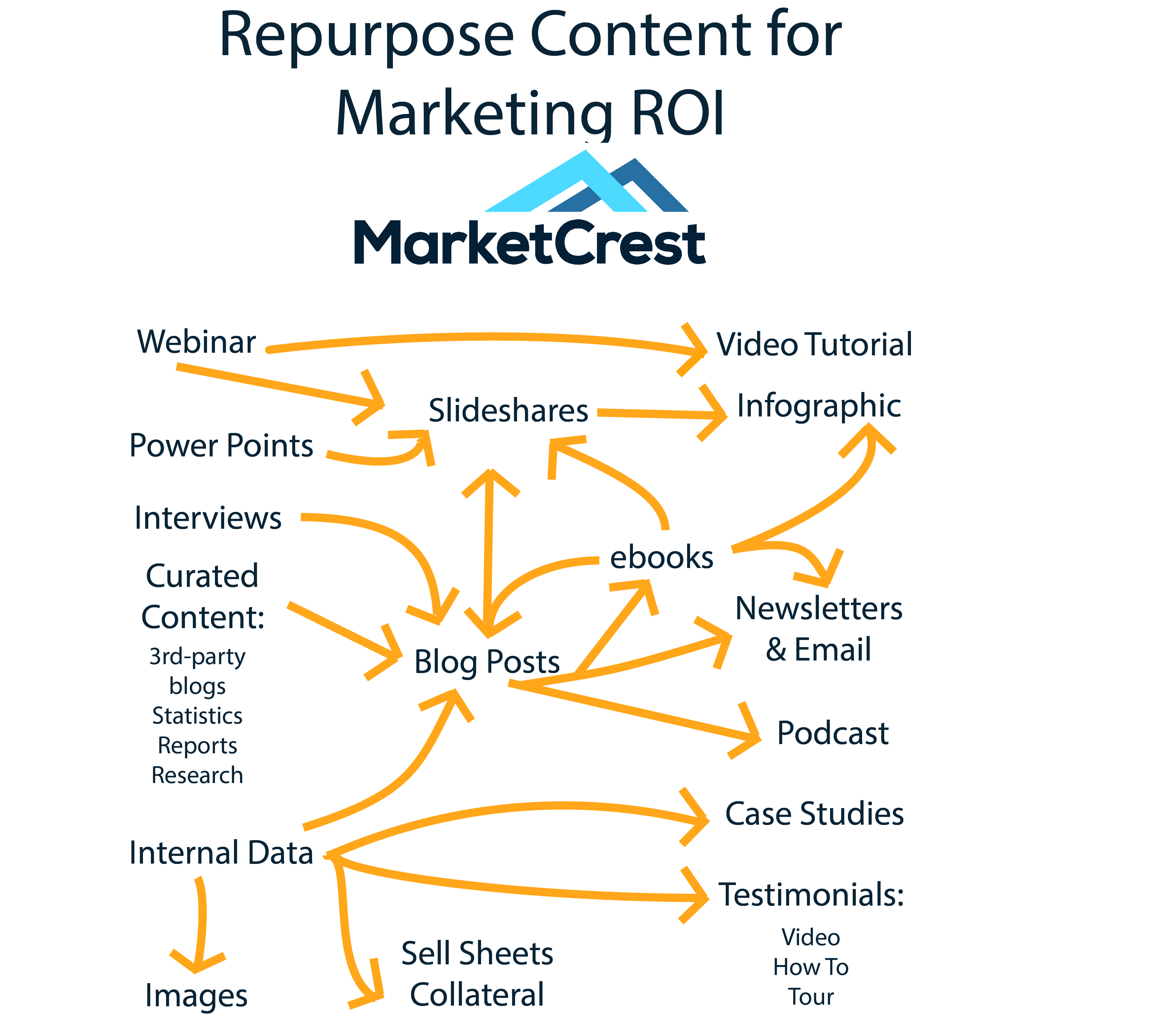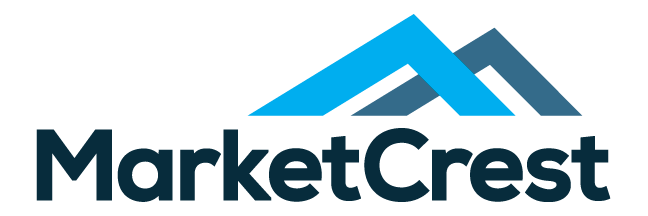
Some business mistakes are more costly than others. In the digital marketing world, there are at least 10 marketing mistakes that you simply cannot afford to make and still expect to achieve your revenue targets. Here are 10 huge mistakes to avoid.
1. You Don’t Have A Written Sales Strategy
Make sure Marketing and Sales know the revenue target required to reach your annual goal. Factor in the length of the sales cycle, close ratio, repeat business, capacity, onboarding and time to pay. Also collect information on existing customer revenue, anticipated growth, churn and carry over (sold fresh the previous year and in the coming year will bill a full 12 months).
When you know what you need to sell… and when you need to get it sold and billed, you are ready to build your marketing plan.
2. You Don’t Have A Written Marketing Strategy
What is your one-page plan for supporting the revenue goal the way it needs to be sold this year (products/services)? What is your marketing expense required to execute on your marketing plan and how will the cost be allocated across the calendar year? Not sure if you are investing enough on your marketing? Check it against your industry and small business benchmarks (often 3-10% of sales depending on your industry and how mature your market is).
Analyze the previous year’s category spend and determine what to cut or expand. Create a SWOT analysis if needed. How many personas (target audiences) will you be marketing to and can you segment the existing contact information to match. Do you need to secure additional contacts? Do you need to secure resources to help you attain your marketing goals? Have you considered all the marketing tools and technology available to support marketers in this app heavy environment?
43% of companies have an executive in their organization who is directly responsible for an overall content marketing strategy. (Curata, 2014)
48% of B2B marketers have a content marketing strategy, and 35% percent have gone so far as to document their strategy. (Content Marketing Institute, 2015)
3. Your Website Pages and Content Weren’t Designed For A Specific Purpose
Personas and Keyword analysis will determine your web page content and content plan for the year. Understanding your target audience is key to designing content for a specific purpose. Do you have content designed to help your target market get through their entire buying cycle? What if they are “kicking tires” and what do you have for them if they are deciding between your firm and one other?
52% of marketers support two to four roles and buyer personas with dedicated content. (LinkedIn Technology Marketing Community, 2014)
48% of marketers use dedicated content to support three to five buying stages. (LinkedIn Technology Marketing Community, 2014)
84% of B2B marketers and 85% of B2C marketers are actively looking to gain a better understanding of their audience or planning to do so in the coming year. (Content Marketing Institute, 2015)
4. Your Website Is A Static “Billboard”
Google rewards websites with lots of high quality, fresh pages. Quality content increases the likelihood of increased traffic, lengthy stays and high page rankings. Create content that engages an audience, keeps them on your page, or makes them return.
90% of consumers find custom content useful. (Demand Metric, 2014)
5. Your Website Is Not Built for Conversion
It is important that your website has the ability to reel in consumers and offer them an option to become engaged with the company. This allows you to create engagement, nurture them during the buying cycle, monitor and score their activity and nudge them to convert.
61% of consumers say they feel better about, and are more likely to buy from, a company that delivers custom content. (Custom Content Council, 2011)
Website conversion rate is nearly six times higher for content marketing adopters than non-adopters (2.9% vs. 0.5%). (Aberdeen Group, 2014)
Examples: Do you have strong Calls To Action (CTA) on your web or landing pages? Many companies rely on CTAs such as Speak to a Specialist, Request a Quote/Sample, Get Help Now! Request a Free Consult, Sign Up Here, Download Here, and Follow or Share our Social Media Links.
6. You Don’t Publish Content
Consumers want a service or company that they can trust. Trust comes from being a credible source. One way to achieve credibility is to become an industry expert online by publishing original content that customers or other industry leaders may reference when looking up relevant information.
Content marketing is a strategic marketing approach focused on creating and distributing valuable, relevant, and consistent content to attract and retain a clearly defined audience – and, ultimately, to drive profitable customer action. It might be a blog article, web page, landing page, ebook, slide deck, video, webinar, photo, social media post, podcast, infographic, case study, white paper, check list, research paper, or a press release.
75% of B2B buyers rely more on content to research and make B2B purchasing decisions than they did a year ago. (Demand Gen Report, 2014)
86% of B2B marketers report that their organizations are using content marketing, and 70% of them are creating more content than they did one year ago.
80% of business decision-makers prefer to get company information in a series of articles versus an advertisement. (Roper Public Affairs, 2012)

7. You Don’t Repurpose Existing Content
Consumers like to consume content in various ways. Some like to listen, some watch and some read. If you understand this, you can create content that is helpful to your visitors and customers and maximize its reach by repurposing content. Example: One, high-quality blog post or article can be turned into a slide deck, video, email, tweet, facebook post, brochure etc. Invest in quality content and remember to repurpose it relentlessly.
8. You Aren’t Building A List Of Relevant Contacts
Having a list of contacts is crucial. Keep track of all consumers, industry leaders, people who have visited your website or requested information, referrals, etc.
Also know even a good contact list will decay by about 20+% each year because people are constantly unsubscribing, switching jobs, moving or getting new email addresses. As a result, you must be building your database of contacts 12 months a year. Having a long list of contacts creates a bit of a “tribe” that can support your business in good time and in bad. Share industry and company news; new articles, ebooks and research…then when you are ready to introduce a new product and service they will be there to provide advice and spread the word.
With a list constantly in a state of decay, pay close attention to the formula for List Growth Rate:
What It Is: The rate at which your email list is growing.
- How to Calculate It: ([(Number of new subscribers) minus (Number of unsubscribes + email/spam complaints)] ÷ Total number of email addresses on your list]) * 100
Example: (500 new subscribers – 100 unsubscribes and email/spam complaints) ÷ 10,000 email addresses on the list * 100 = 4% list growth rate
As we suggested, there is natural decay on your email list. It expires by about 22.5% every year. Always be growing your list…
9. You Don’t Email Your List At Least Once Per Month
Look, you can’t kill email! It’s the cockroach of the Internet, and that’s a compliment. Resilience is a good thing.
These days all emails are not created equally. A savvy marketer with the right technology, can set up workflows for email nurturing, include images, personalize with customer names, segment, and provide CTAs optimized for mobile. You have people willing to listen. Doesn’t your business have something important to say?
91% of consumers check their email daily (ExactTarget) and 48% of emails are opened on mobile devices (Litmus).
74% of consumers prefer to receive commercial communications via email (Merkle).
66% of consumers have made a purchase online as a result of an email marketing message (Direct Marketing Association) Email marketing has an ROI of 4,300% (Direct Marketing Association).
Your company will want to measure your email program’s effectiveness. The most common email metrics are: sent, delivered, bounced, open (open rate), click (click rate or click to open), unsubscribe rate and marked as spam. Find the right key performance indicators for your business so you can test, tweak and improve.
10. Your Business Can’t Be Found Online
Here is how you got in this situation…
1) you are not actively performing on-page and off-page SEO…
2) you are not helping people find your firm by using paid search or Pay Per Click ads (PPC)…
Just because people can’t find your company online, maybe it’s not the end of the world. Some companies don’t require online leads to increase sales. If you are one of those firms congrats…you are blessed almost beyond belief. For most of us, our potential clients use the internet to research and jump start their buying process. If we can’t be found…then it’s like we don’t exist….
By 2016, more than half of the dollars spent in US retail will be influenced by the web. (Source: Forrester Research )
Content creation ranks as the single most effective SEO technique. (Marketing Sherpa, 2013)
In search engine optimization, on-page optimization refers to factors that have an effect on your Web site or Web page listing in natural search results. These factors are controlled by you or by coding on your page. Examples of on-page optimization include actual HTML code, meta tags, keyword placement and keyword density.
In search engine optimization, off-page optimization refers to factors that have an effect on your Web site or Web page listing in natural search results. These factors are off-site in that they are not controlled by you or the coding on your page.
Examples of off-page optimization include things such as link popularity and page rank.
If your company is not helping people find you by using paid search or PPC (a quick hit)…get started the right way.
Tip #1: Identify which organic keywords drive traffic and convert on your website.
Tip #2: Determine how much you’re willing to pay for a lead or conversion.
Tip #3: Don’t Go It Alone
Paid Ads are a great way to “test” new landing pages (copy and CTA).
PPC can be a good quick hit but it doesn’t compare to proper SEO and content marketing per dollar spent, content marketing generates more than three times the number of leads than paid search does. (Kapost/Eloqua, 2012)
Content marketing costs between 31 and 41% less than paid search, depending on the organization’s size. (Kapost/Eloqua, 2012)
Summary:
Make sure to have a written sales AND marketing strategy. Create a website that has SEO optimized copy; fresh unique content; is constantly evolving and more than a static “billboard”… and has landing pages that produce conversions. You will want to have a list of relevant contacts (the making of a “tribe”) and make sure to be contacting them at least once per month.
If you are operating without a formal sales and marketing plan designed exclusively for the current year and your annual revenue target…you are operating on a wish and a prayer. You can repair the damage quickly though…contact the team at MarketCrest a request a free consultation. Tell us about your current business challenges and imperatives and we will share how similar companies are solving those issues using online or digital marketing.
SaveSave






